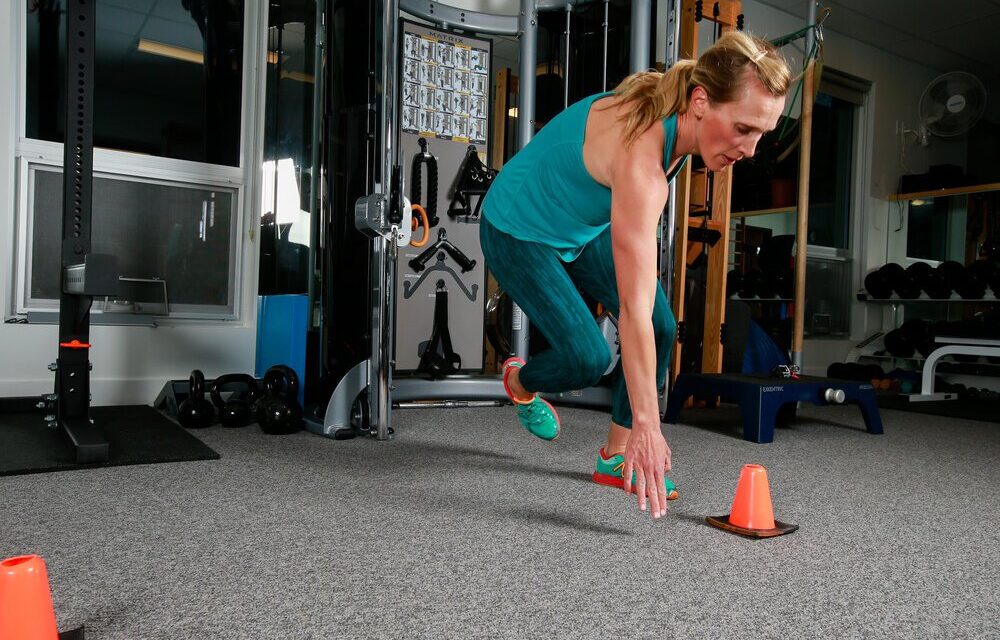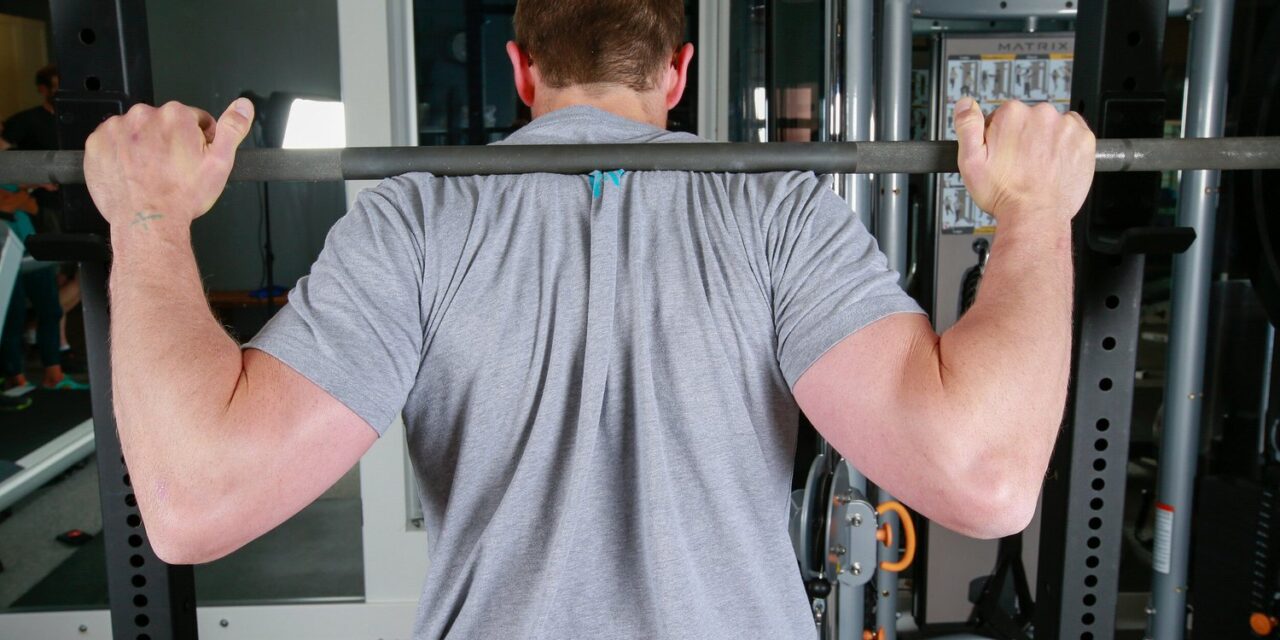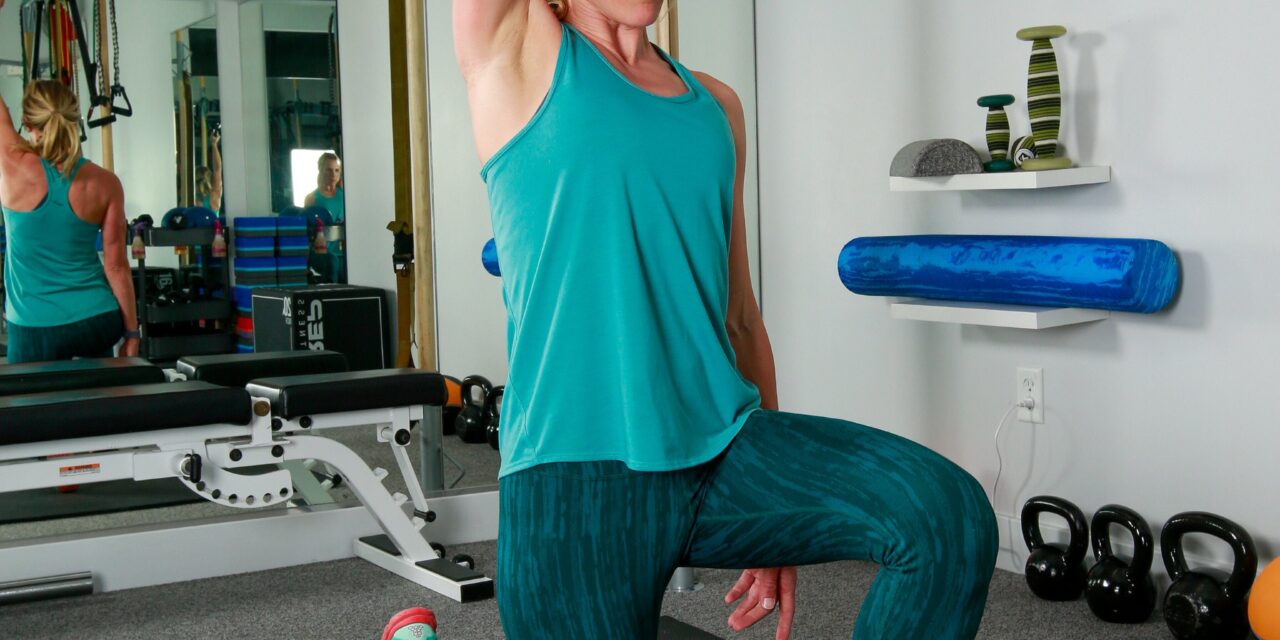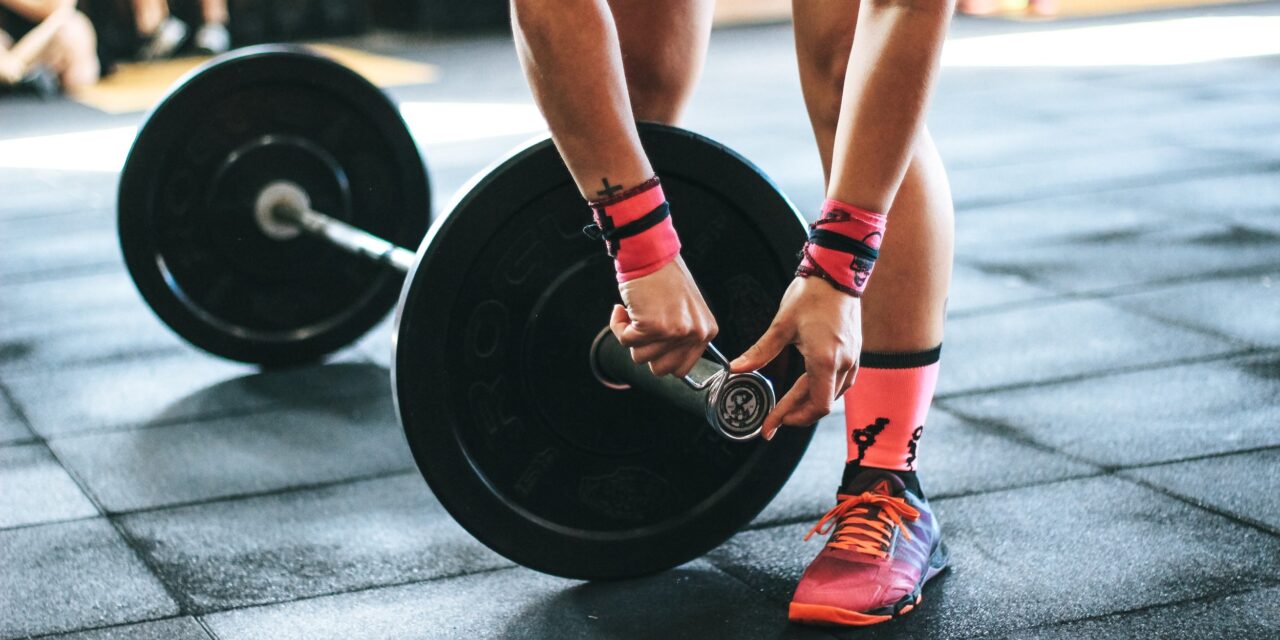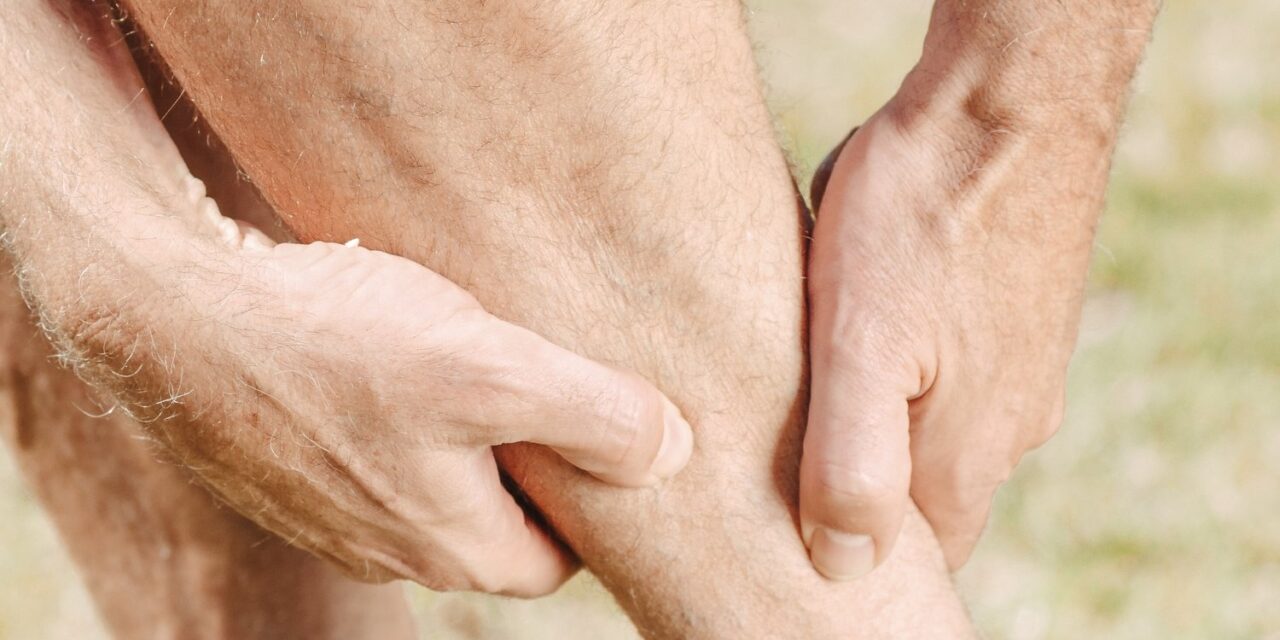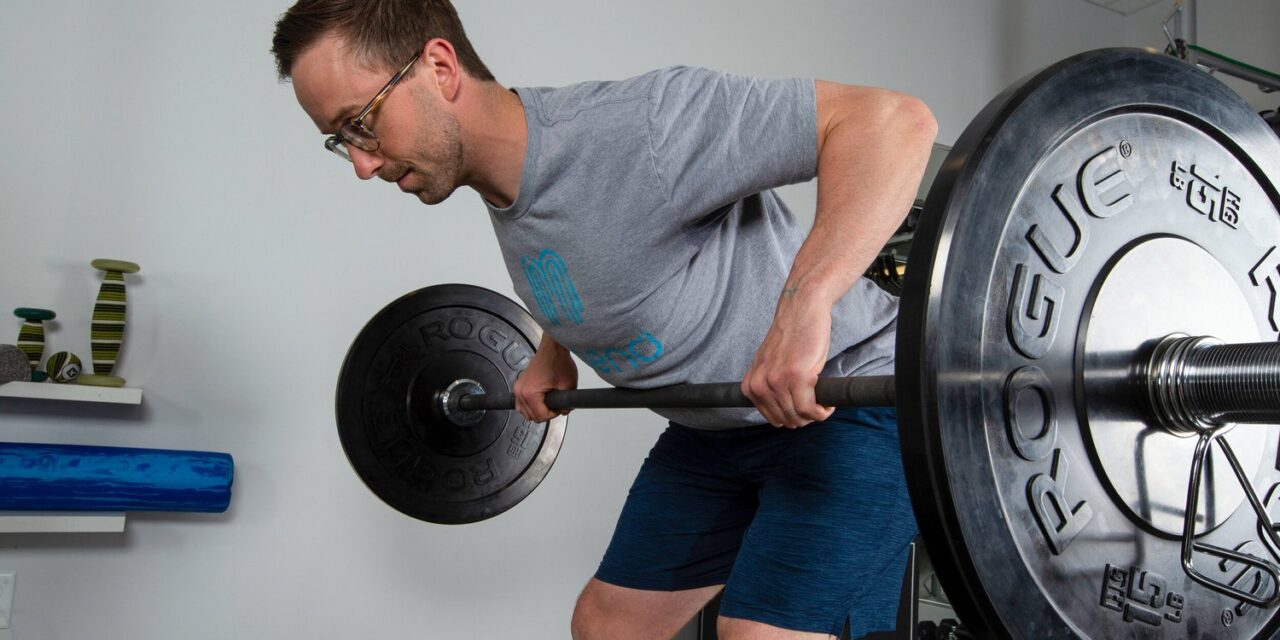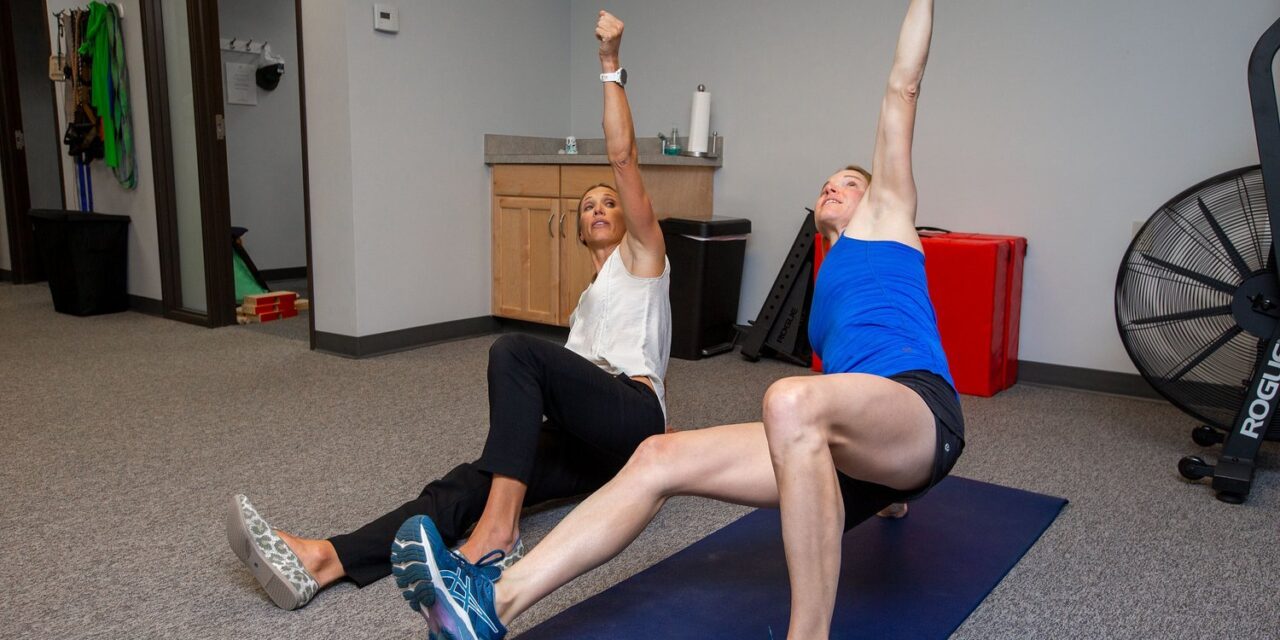Weight Training Exercise Equivalent To Body Weight Exercises For Chronic Low Back Pain
Patients in chronic or persistent pain often do not meet national guidelines for exercise each week. In particular, patients with chronic low back pain have been shown to reduce daily, occupational, and recreational activities due to their symptoms and fear of re injury. Aerobic and strength training exercise remains one of the most important interventions...


